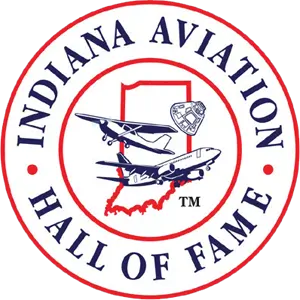
Margaret Hamilton
In 1961, President Kennedy committed the United States to “landing a man on the moon and returning him safely to the earth” by the end of the decade. Margaret Hamilton helped make that commitment come true.
She was born in Paoli, Indiana on August 17, 1936. After growing up in Michigan’s Upper Peninsula, Margaret enrolled at the University of Michigan where she earned straight A’s her freshman year. She transferred to Earlham College in Richmond, Indiana for her sophomore year and graduated from there with a bachelor’s degree in mathematics and a minor in philosophy.
After graduating from Earlham, Margaret moved East to work in the new computer industry—first writing software for an MIT meteorology professor and then for a defense contractor using the world’s largest computer. This experience led to a job with MIT’s famed Instrumentation Lab where, in 1964, she began writing software code for NASA’s Apollo Guidance Computer, a transformational computer the size of a small suitcase at a time when room-sized computers were the norm.
In a relatively short time, Margaret was leading a team of programmers responsible for developing not only Apollo’s guidance, navigation, and control software, but all the systems software onboard Apollo’s Command and Lunar Landing Modules.
Margaret’s work at NASA changed the space program and also revolutionized the world of computers. Her vision was to design software that, in effect, talked to the astronauts—which she admitted was a “crazy idea at the time.” The software Margaret and her programmers developed was able to identify a critical error, let the crew know what that error was through a ‘priority display,’ and then automatically restore whatever normal functions were possible. This real-time error detection and recovery reduced the astronauts’ workload and significantly increased manned space flight safety.
When the reams of computer printouts with millions of lines of code necessary to run the Apollo Guidance Computer were stacked on end, the height matched Margaret’s 5-foot 4 inch frame.
To the amusement of the Apollo Guidance Computer hardware engineers, Margaret described her programming work as “software engineering,” the first time that phrase—so common today—had been used.
It is a testament to the quality of work Margaret Hamilton and her team of software engineers did programming NASA’s Apollo Guidance Computer that it never experienced a software failure during all the manned Apollo space flights.
When the Apollo Program ended, Margaret left MIT to start two software companies of her own. Her true genius and remarkable accomplishments were recognized when President Obama awarded Margaret the Presidential Medal of Freedom in 2016.
